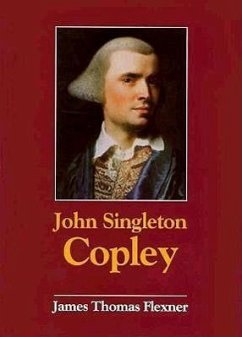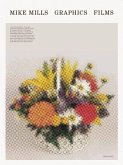A book for both the general reader of American history and the student of art, Flexner's study of Copley (1738-1815) brings into vivid detail the struggle the artist endured against an unfavorable environment in the New World, his rise to fame, the development of his unique style, and the personal growth of the man who became America's first great artist. Copley's life began in the humble surroundings of Boston's waterfront. As a poor boy growing up in a city where no formal art instruction was available, rigorous self-instruction was Copley's only means to his goal of becoming a painter. Through laborious work Copley mastered his craft; the portraits he produced between 1753 and 1774, at the height of his fame, were distinguished by the fully rounded modeling and realism which make the personalities of his subjects come alive. His paintings in these years were the best works a colonial American artist had ever produced. Yet his personal letters reveal that he found life in Boston limited; he cites the dearth of great art from which to learn and by which to be inspired, and complains of what he perceives to be the underappreciation of his patrons. The Boston Tea Party and other events led inexorably toward the Revolution. Copley was unwillingly drawn into the troubled political arena; his loyalist connections made his life in Boston increasingly turbulent and precarious. In 1774, at the suggestion of Joshua Reynolds and Benjamin West, Copley became convinced he was wasting his talents in the colonies and moved to London to study the European masters. This decision marked the second period of his life, lasting forty years, and instigated a no less dramatic shift in the style and subjectof his art. Copley's tour of European cities and galleries broadened the range and scope of his work. He produced large canvases of sweeping historical scenes of war, political subjects, and religious subjects considered taboo in the colonies. Copley's fame soared to world-
Hinweis: Dieser Artikel kann nur an eine deutsche Lieferadresse ausgeliefert werden.
Hinweis: Dieser Artikel kann nur an eine deutsche Lieferadresse ausgeliefert werden.







